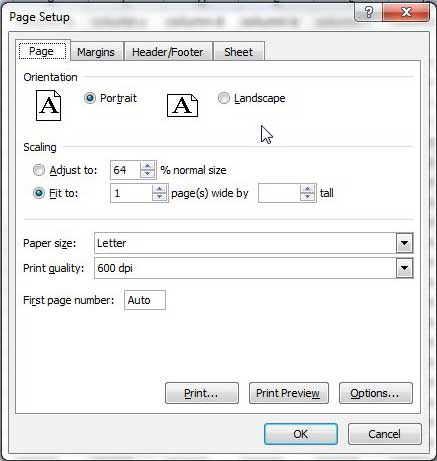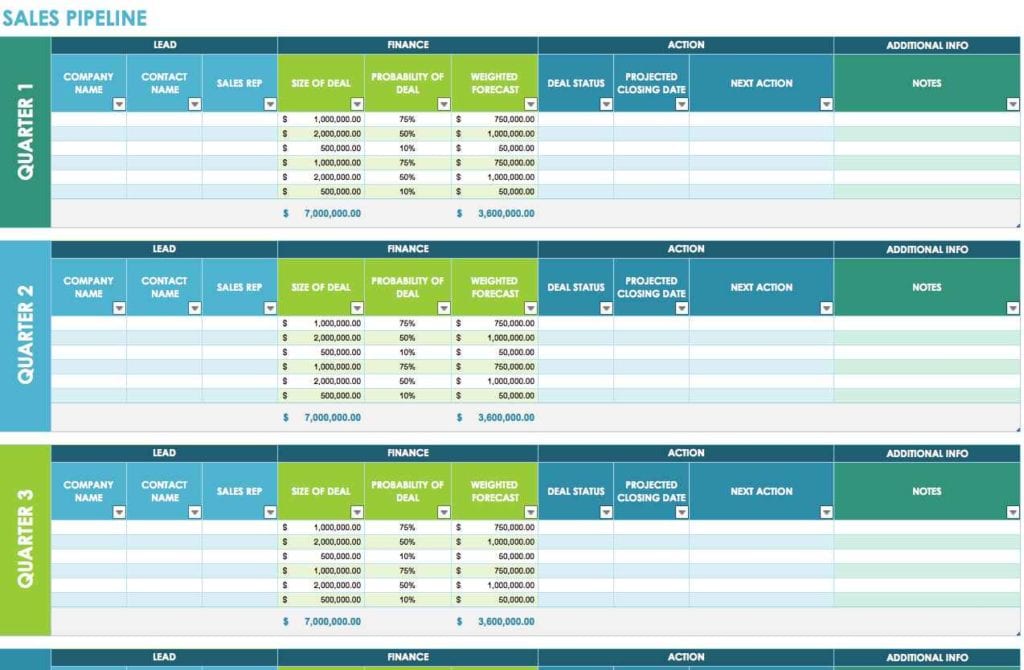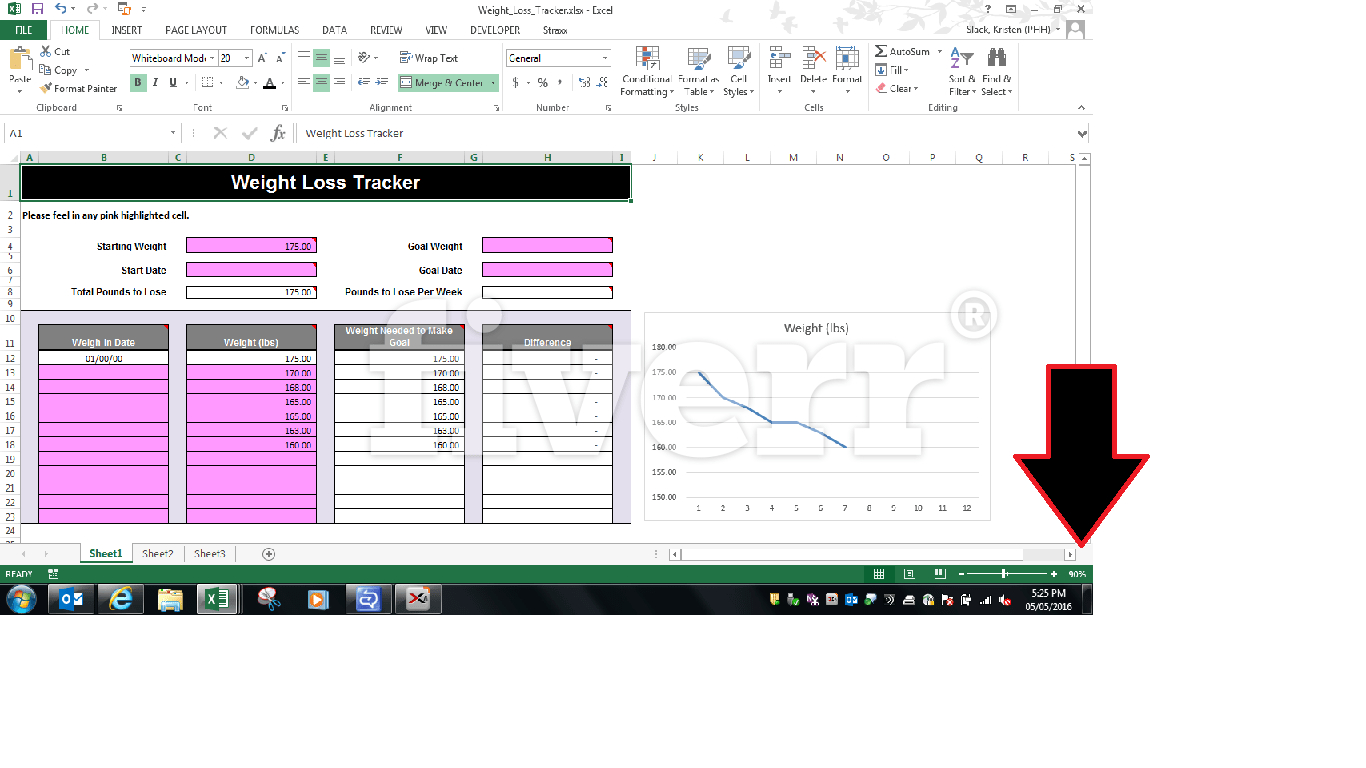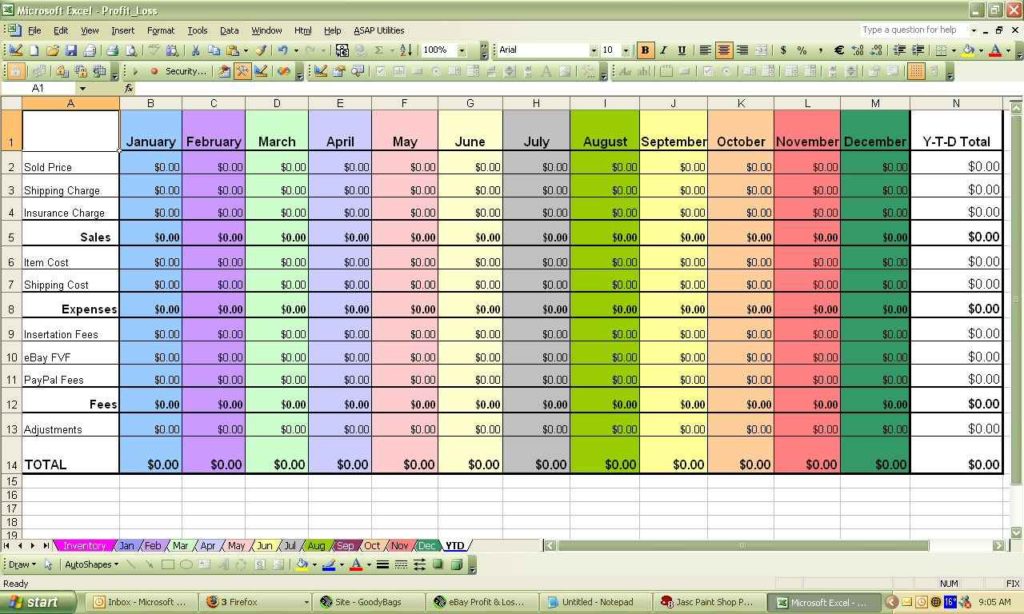Excel Magic: Fit Your Spreadsheet to One Page Easily

Are you tired of printing spreadsheets that span multiple pages and are hard to navigate? Have you ever wanted to present your data concisely, fitting it all into a single page for better readability and comprehension? This post will guide you through the process of fitting your Excel spreadsheet to one page easily and effectively, ensuring your data looks its best whether you're sharing it digitally or printing it out.
Why Fit Your Spreadsheet to One Page?

Fitting your Excel spreadsheet to one page can be incredibly beneficial for several reasons:
- Readability: Viewing data on one page makes it easier to understand at a glance, reducing the need to flip through pages or scroll on digital screens.
- Presentation: For meetings, presentations, or reports, a one-page spreadsheet looks professional and organized.
- Printing: It saves paper, ink, and time, reducing both cost and environmental impact.
- Sharing: When you share your spreadsheet, fitting it to one page means that all your information can be viewed without extra effort from the recipient.

How to Adjust Excel to Fit One Page

Here’s a step-by-step guide to ensuring your Excel spreadsheet fits onto one page:
1. Review Your Data

Before making any changes, review your spreadsheet:
- Ensure there are no blank rows or columns that could unnecessarily expand the print area.
- Check for any unnecessary data or cells that can be removed or condensed.
2. Change Page Layout

Adjust your document's page layout for optimal fitting:
- Go to the Page Layout tab.
- Click on Page Setup and then select Print Area to set or adjust the print area.
- Choose Margins to reduce the white space around the edges if necessary.
- Under Orientation, choose Landscape if it better accommodates your data.
3. Scale to Fit

Scaling is where the magic happens:
- Still in the Page Layout tab, go to the Scale to Fit group.
- Adjust the width and height percentages to fit your spreadsheet onto one page. For instance, setting both width and height to 100% will scale your content to fill one page.
🔍 Note: Using "Fit All Columns on One Page" might squish your data too much; try finding a balance between readability and fitting on one page.
4. Adjust Fonts and Margins

If scaling doesn’t work well, consider:
- Reducing font size for less important text or headers.
- Narrow margins or cell padding where it won’t affect readability.
5. Formatting Tweaks

Fine-tune the formatting for optimal space usage:
- Use Wrapping Text or Merge & Center for headers to reduce the horizontal space.
- Remove unnecessary formatting like borders or shading if they’re not essential for understanding your data.
6. Print Preview

Always check your work:
- Use the Print Preview feature to see how your changes will appear on paper.
- Make further adjustments if necessary to ensure all data is visible and well-formatted.
Why Not Just Use Page Breaks?

Using Page Breaks can force data onto different pages:
- It can lead to missing data if pages don't line up perfectly.
- It disrupts the natural flow of the data presentation.
🚫 Note: Avoid using Page Breaks unless absolutely necessary for legal or structural reasons within your document.
Frequently Asked Questions

Why does my data look squeezed when I fit it to one page?

+
When you adjust your Excel document to fit all content onto one page, scaling might reduce the font size or cell dimensions, causing text and numbers to appear cramped. Try balancing scale with font adjustments for better readability.
Can I make only the data fit on one page and leave the charts on separate pages?

+
Yes, you can print specific parts of your worksheet. Set the print area to include only your data table, and then separately set print areas or manually adjust chart locations for individual page printing.
What if my data still doesn't fit after scaling?

+
If scaling to fit one page isn't working, consider using multiple sheets or summarizing your data onto one page while providing detailed data as an appendix or link.
By following these steps, your Excel spreadsheets can be transformed into neat, readable, and professional documents that fit onto one page. Whether you’re preparing for a presentation, sharing data with colleagues, or printing for personal records, understanding how to properly fit your spreadsheet ensures your data is communicated effectively. Remember, a well-presented spreadsheet not only looks good but also enhances the understanding and engagement of the reader or viewer.



